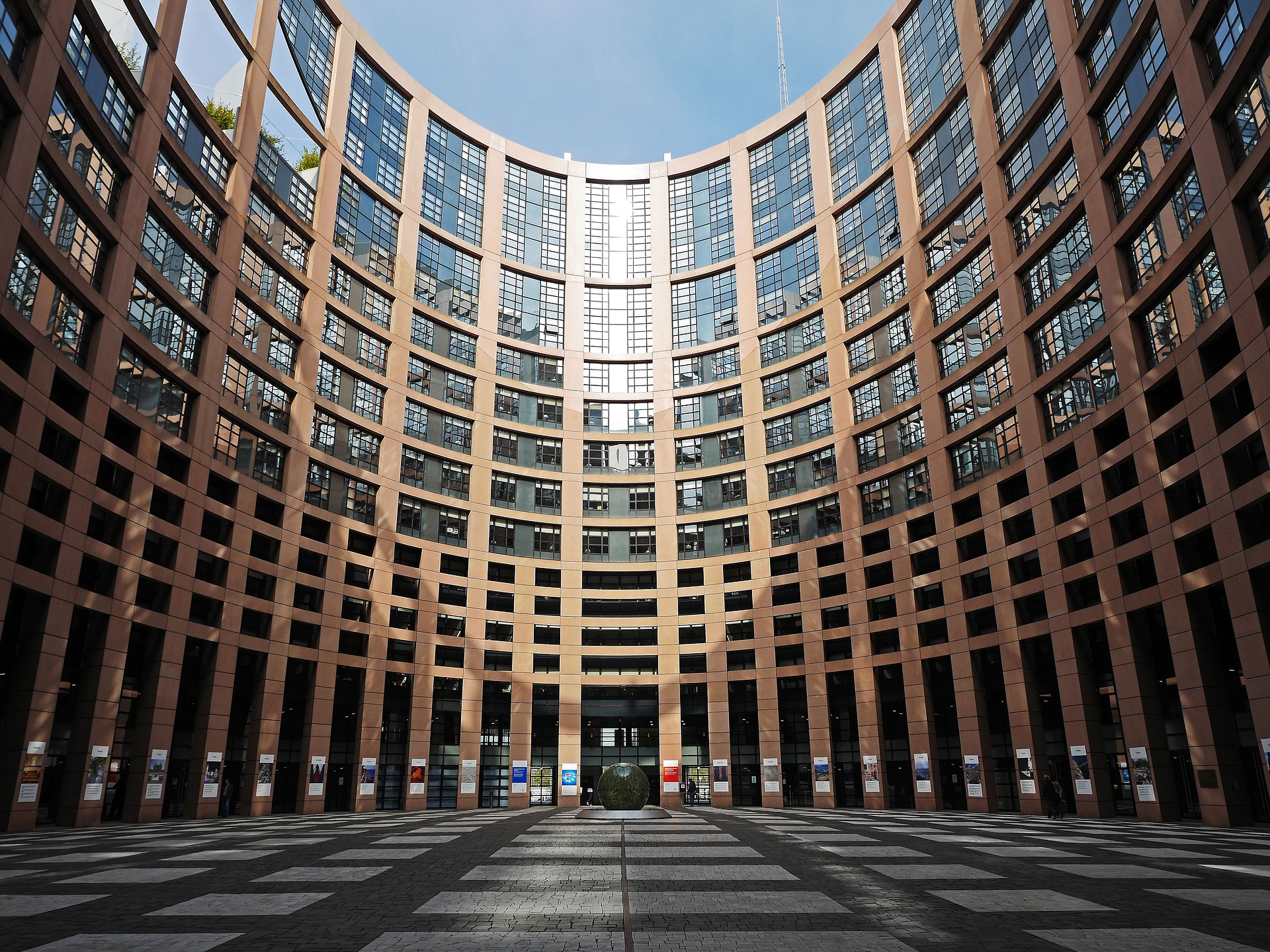GIVE IMPETUS TO INDUSTRIAL SOVEREIGNTY
Since 2017, the European Union has been laying the foundations for cross-border and EU-wide cooperation in Defence Research and Development with PESCO and the European Defence Fund. It is now a question of moving up a gear to sustainably strengthen the European defence industrial base (EDIB) affected by the support effort for Ukraine and the tensions with the American ally.
PESCO
The weak commitment of the 27 largely explains the too modest progress of PESCO (permanent structured cooperation which allows simplified cooperation for industrial, capacity or operational projects) five years after its launch. The latest progress report produced by the High Representative of the EU in July 2022 is quite negative.
The coming year will be an opportunity for the Member States to put in place the recommendations: cooperate better together, contribute more to CSDP missions/operations, better honour the commitments made jointly, and have PESCO projects more efficient. 2023 will also be notable for the integration of new third countries into PESCO projects, especially military mobility.
The European Defence Fund at full capacity
Adopted in April 2021, the European Defence Fund, intended to finance the research and development of European industrial programs, is now operating at full speed. Over the next six months, experts from the European Commission will have to select the second wave of projects, following a three-step process (admissibility, technical evaluation and deliberations).
In parallel, part of the staff must prepare the next call for proposals and the work program for 2023 (expected in the spring).
The launch of EDIRPA
2023 should also see the birth of the fund for the joint acquisition of defence equipment (EDIRPA in English), thought as a response to the melting of European stocks to support Ukraine. In May 2022, the European Commission proposed to provide it with a budget of 500 million euros for two years. If the Member States have already adopted their position, the timetable has already been postponed and remains uncertain.
The objective is to have an agreement before the end of the year, but the trilogues promise to be tense while the first deliberations of the European Parliament point to a risk of reducing the second dimension of the EDIRPA, that of investment in the European industrial base. Especially since the trend is not towards the purchase of European equipment as the EDIRPA would like, to become a key to European strategic autonomy. Germany and Finland have recently opted for American combat aircraft.
Laying a good foundation for EDIP
The final shape that will be given to the EDIRPA is essential because it will lay the foundations for a monitoring tool called the European Defense Investment Program (EDIP), which focuses on the long term with a larger budget. The European Commission’s proposal is expected in June 2023, to then launch the internal negotiations of the co-legislators.
According to preliminary information, the regulation to come should further reduce the obstacles to joint acquisitions thanks to a VAT exemption. The exemption is only granted to procurement programs presented by a European Defense Capabilities Consortium composed of at least three Member States to acquire collaboratively developed capabilities within the EU.
